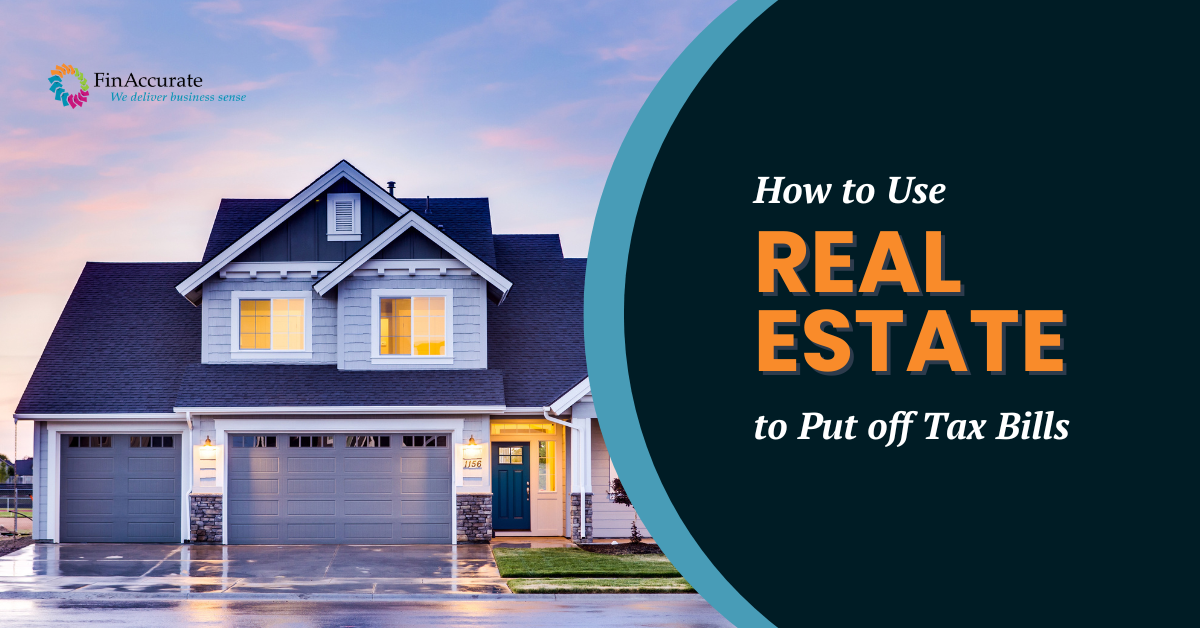How effective is your sales function in your business? One way to answer that question at a deep level is to calculate conversion metrics for every step of your sales cycle. These numbers are not tied to any numbers on your balance sheet or income statement, but can help you realize a better return on your sales and marketing expenses.
Your Sales Cycle
The sales process is different for every business. If the dollar amount of the customer purchase is small, the sales cycle needs to be very short or it won’t be efficient. For larger purchases, the sales cycle might be longer.
The first step in determining conversion metrics is to outline the steps a typical prospect takes before they become a customer. Here are a few examples:
Retail example.
- Prospect walks into store.
- Sales clerk interacts.
- Prospect selects item(s).
- If clothing, they may visit a dressing room and try it on.
- Prospect stands in checkout line.
- Customer completes purchase.
Ecommerce example.
- Prospect visits website and uses search or navigation.
- Prospect views lists of products.
- Prospect views product page.
- Prospect places product in cart.
- Customer completes checkout.
Service example.
- Prospect sends email requesting more info or an appointment.
- Customer service/sales clerk responds to email.
- Prospect makes appointment.
- Salesperson and prospect meet.
- Sales person perform follow-up activities.
- Prospect agrees to price/purchase.
- Client signs contract and pays initial deposit.
For each step in the processes above, the prospect can fail to proceed to the next step. Conversion is measured at each step with the percentage of prospects that proceed to the next step.
Not all steps are worth measuring. Sales and marketing personnel must agree on when a prospect becomes a viable lead. Measurements should occur from lead to customer.
Let’s expand on the service example.
- Prospect sends email requesting more info or an appointment.
- Customer service/sales clerk responds to email.
- Prospect makes appointment.
The first meaningful conversion can be calculated between steps one and three. Let’s say in the month of November, the company received 100 emails from prospects requesting more info and 50 made appointments. The conversion rate is calculated as follows:
# Appointments made (step 3) / # prospect emails received (step 1) = 50/100 = 50%
To improve the 50 percent conversion rate, ask yourself what can be done between steps one and three to improve the prospect-facing activities.
Here’s another example:
- Salesperson and prospect meet.
- Salesperson performs follow-up activities.
- Prospect agrees to price/purchase.
- Client signs contract and pays initial deposit.
The second meaningful conversion rate in the service sales process can be calculated between steps four and seven. (You could also measure 3-4, 4-6 and 6-7.) Let’s say 40 appointments were kept and 30 became clients.
# New clients signed (step 7) / # salesperson and prospect meet (step 4) = 30/40 = 75%
To improve the 75 percent, ask yourself what you can do in steps four through seven to improve the prospect’s experience.
Actionable Sales Intelligence
As you measure these results over time, are you improving or declining for each conversion? Is one salesperson closing more business than any of the others? How can you improve each step so that conversion is increased? You will have more questions than answers when you first start calculating these numbers. You will also likely have many “aha” moments of insight you can use to improve the prospect’s journey.
If conversion is extremely low in the first few steps, it could be that marketing is not sending you qualified leads. In that case, marketing needs to improve before conversion can improve. If conversion is low in the final few steps, follow-up activities may need to be strengthened.
In any case, measuring conversion throughout your sales cycle will pinpoint the weakest areas so you can improve. When you can increase your conversions, your marketing and sales costs will decrease, and you will become more effective.
And if we can help you with any of these measurements, please reach out any time.




